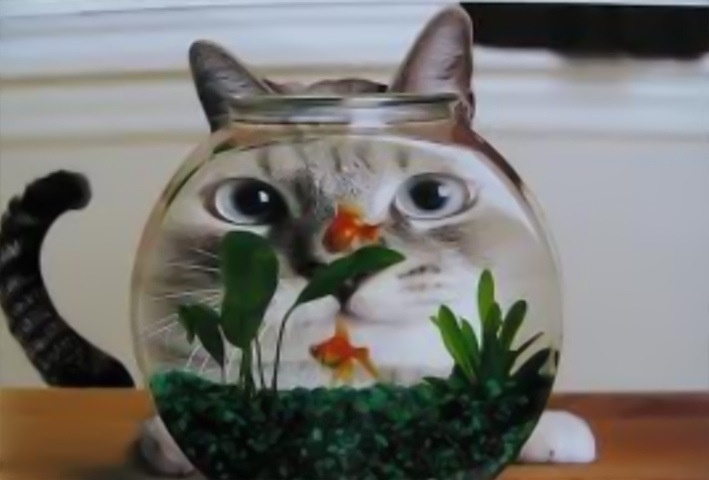As the division of labor deepens, the places of production and consumption become separated, and a place of distribution, the market, emerges in between. Distribution is realized by systematically distributing “money” through distribution mechanisms and purchasing goods with the distributed “money.”
The economy, with the separation and independence of the places of production, distribution, and consumption, has established three main entities: producers, distributors, and consumers, along with one place, the market. Each of these entities has its own unique mechanisms.
The economy, with the separation and independence of the places of production, distribution, and consumption, has established three main entities: producers, distributors, and consumers, along with one place, the market. Each of these entities has its own unique mechanisms.
As the places of production and consumption become separated, a place of distribution, the market, emerges in between. Distribution is realized by systematically distributing “money” through distribution mechanisms and purchasing goods with the distributed “money.”
The economy, with the separation and independence of the places of production, distribution, and consumption, has established three main entities: producers, distributors, and consumers, along with one place, the market. Each of these entities has its own unique mechanisms.
Producers include enterprises, governments, and financial institutions.
The production mechanism produces goods. There are private goods and public goods. Private goods are produced by private enterprises, while public goods are produced by public institutions.
Private mechanisms produce and sell private goods to procure “money.” Public mechanisms procure “money” through taxes.
The distribution mechanism, integrated with the production mechanism, handles both production and distribution. The distribution mechanism systematically distributes “money” through costs. Ultimately, costs are reduced to personnel expenses.
Enterprises and governments streamline income and expenditure.
The economic mechanism is fundamentally composed of people, goods, and money.
People and goods form the positive space, while “money” forms the negative space.
The market economy operates by circulating “money.” “Money” exerts its utility through circulation. In other words, the market economy is a system that circulates “money.”
The reason for profit is the combination of long-term and short-term equilibrium of “money” functions.
Profit and interest generate time value.
The market repeatedly expands and contracts. As the market matures, it undergoes qualitative changes. When the market matures, the time value is compressed.
The entropy of the market continues to increase.
The market always moves towards equilibrium, zero-sum, and profits are compressed.
The market needs to be controlled based on equilibrium.
Quantitative expansion brings about qualitative changes.
The economic mechanism operates through the inflow and outflow of “money,” income, and expenditure. It is about inflows and outflows, in other words, the ins and outs of “money.” The monetary economy is fundamentally binary, consisting of ins and outs, making it highly compatible with systems.
By structuring along the flow of money, economic models can be relatively easily constructed. The underlying foundation is the philosophy of accounting and the system of bookkeeping.
Enterprises and governments are composed of people, goods, and money.
Producers also serve as distributors. By serving as both producers and distributors, they function to streamline the flow of money.
Consumers are households.
Wealth is all about enhancing the quality of consumption. Of course, securing quantity beforehand is a given.
Poverty is caused by distribution imbalances and distortions in the economic structure. Poverty is relative.
For example, while luxury homes remain unsold and vacant, the streets are filled with homeless people. Or, while some people live in mansions with enough land to build dozens of houses, others live in cheap apartments.
Both war and crime have poverty at their root.
There is a need to pursue true wealth.
Where there is a lack, there is poverty. Knowing contentment leads to wealth.
